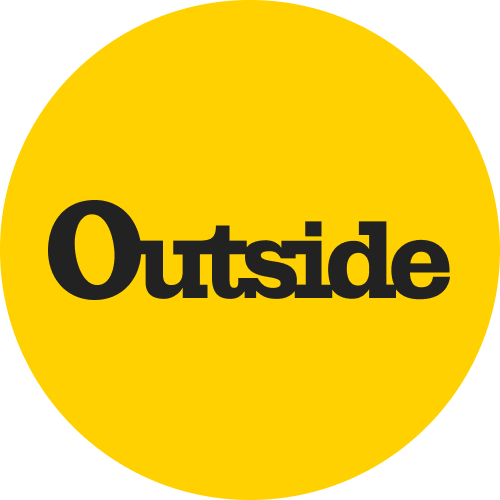I live in New York City, where it is a commonly held belief that people walking four abreast on a public sidewalk deserve summary execution. I also run in New York City, often alone but just as often with run clubs—in other words, in groups of as few as four or as many as a hundred, and on the same extremely crowded streets. And as run clubs grow in popularity, so does the potential for conflict or, at the very least, bad vibes.
Urban run clubs are easy to hate. Early on Saturdays and Sundays, when our fellow citizens are schlepping bleary-eyed in search of coffee, we are bright, fit, and in their faces, breaking the morning calm by shouting “Heads up!” in our best coach voices. On weekday evenings we’re out in force as well, flaunting our energy levels and shaming the office workers desperately trying to get home or to a bar. Run clubs have themes that veer from the quotidian (neighborhood, ability, identity) to the easily mocked: Runs that end at a taqueria! Run clubs for singles! Run clubs that aren’t overtly for singles but are, tbh, really for singles! The group selfies for the ‘gram, the branded merch, the giveaways of goos and gels, the after-parties—it’s all a bit much.
A lot of the hate is simply about space. Any city worth living in doesn’t have enough of it, so anyone visibly occupying it becomes a target.
(Even I hate run clubs at times, and I run a run club! The Not Rockets, which, you will be pleased to learn, has no social media presence.)
A lot of the hate is simply about space. Any city worth living in doesn’t have enough of it, so anyone visibly occupying it becomes a target. One group of 50 runners on a riverside esplanade causes a brief bottleneck. Half a dozen such groups running simultaneously provokes outrage—and not just because pedestrians are afraid they’ll be trampled by Hokas. It’s also because, for as long as we runners are there, swarming around the non-runners, we are a hot, sweaty, unignorable sign that no one here has enough room to breathe.













